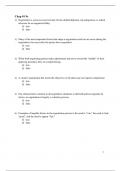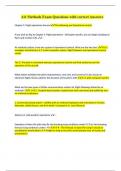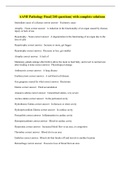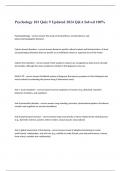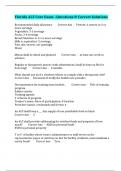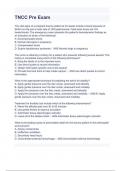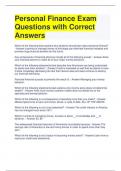Tentamen (uitwerkingen)
Test Bank for Negotiation, 9th Edition by Roy Lewicki
- Vak
- Instelling
Test Bank for Negotiation 9e 9th Edition by Roy Lewicki, David Saunders and Bruce Barry. Full Chapters test bank are included - Chapter 1 to 20 Chapter 1: The Nature of Negotiation Chapter 2: Strategy and Tactics of Distributive Bargaining Chapter 3: Strategy and Tactics of Integrative...
[Meer zien]
